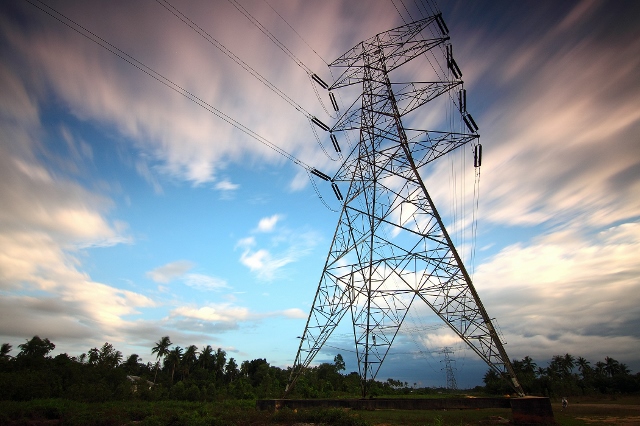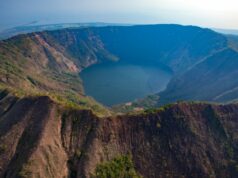The Nicaraguan Institute of Energy (Instituto Nicaragüense de Energía or INE) reports that in 2020, the energy loss in Nicaragua (unpaid electricity production) was 21.4%. This figure represented an increase of almost 1.1% over 2019.
In their annual report to the National Assembly the INE reported that the loss in income for electricity provided has been building slowly since 2018 and then since the Covid-19 pandemic hit.
In 2016, Nicaragua tied with Guatemala with a 23% power loss (first place went to Honduras with 34.1%).
In any electricity production and distribution system there are technical losses related to the investment and operation of the network. However, there are also non-technical losses, meaning non-payment of electricity due to theft (various types of illegal connections or meter bypassing), un-billed accounts and errors in estimated or approximated consumption.
Part of the Nicaragua Electricity Program for Sustainable Electrification and Renewable Energy was funded this March by the Central American Bank for Economic Integration (CABEI). One of the things the program aims to do is reduce energy loss in Nicaragua in the area of non-technical losses (non-payment of electricity) by 1.45 percent in the country’s distribution networks.
The 150 Kilowatt Hour Subsidy
The INE reported that 80% of Nicaraguans consume less than 150 kilowatt hours, resulting in 900,000 consumers being on the subsidy, 64,000 of those being seniors (registered pensioners).
The cost of this subsidy is US $69 million provided to families who receive electricity at a more favorable price and another US $7.14 million for the seniors.
The INE web site at www.ine.gob.ni shows the “Subsidiary Database”, a comprehensive list of 17 departments and regions of Nicaragua broken down into cities and shows the latest available statistics (based on billing) in relation to the amount of users receiving the energy subsidy.
Increase in Connections
The INE also reported that since 2006, the number of Nicaraguans connected to the national grid has doubled from 623,000 consumers to 1,257,706 in 2020.








I think your last sentence might be incorrect, because I am quite sure that much more than one fifth of the population has electricity in their homes. Maybe INE stated the sentence incorrectly (they meant something other than the exact words that were said), or maybe you misinterpreted or rephrased what the sentence said before translating it, or maybe you accidentally said something other than what you meant to say.
I could believe that there are 1,257,706 customer connections to the electrical grid (connections to homes and businesses). Because there are several people living in each house, that would mean that well over 80% of Nicaraguan people have electricity in their homes.
Bob, they can only go by connections/consumers. INE have no idea how many people live in the home. They used the word “consumidores”, consumers, as in name on the bill, not number of occupants.
“The president of the Nicaraguan Institute of Energy (INE), José Antonio Castañeda assured legislators that from 2006 to the present the number of consumers has increased from 629 thousand to 1 million 257 thousand, which means an increase of 101 percent.
Comments are closed.